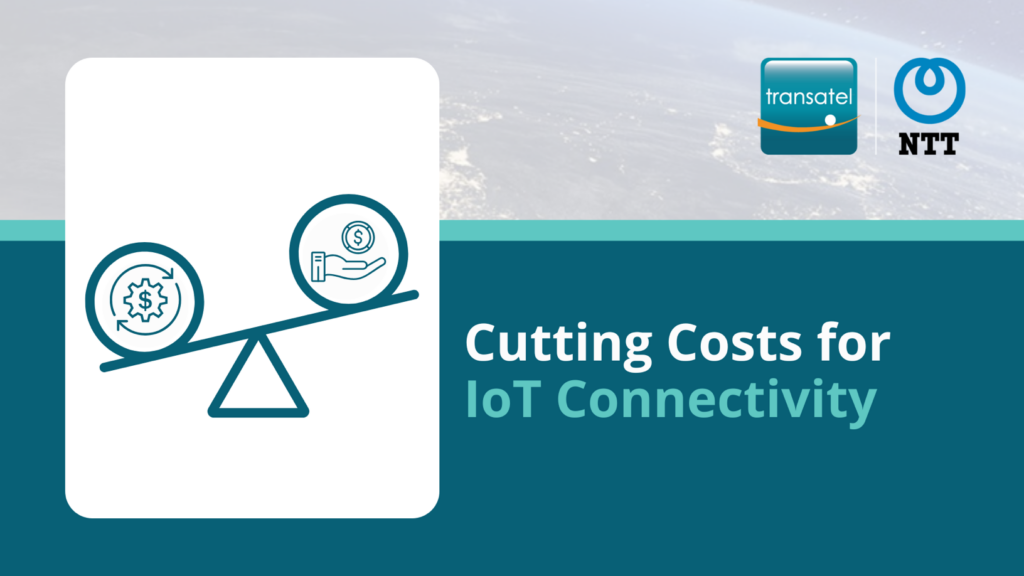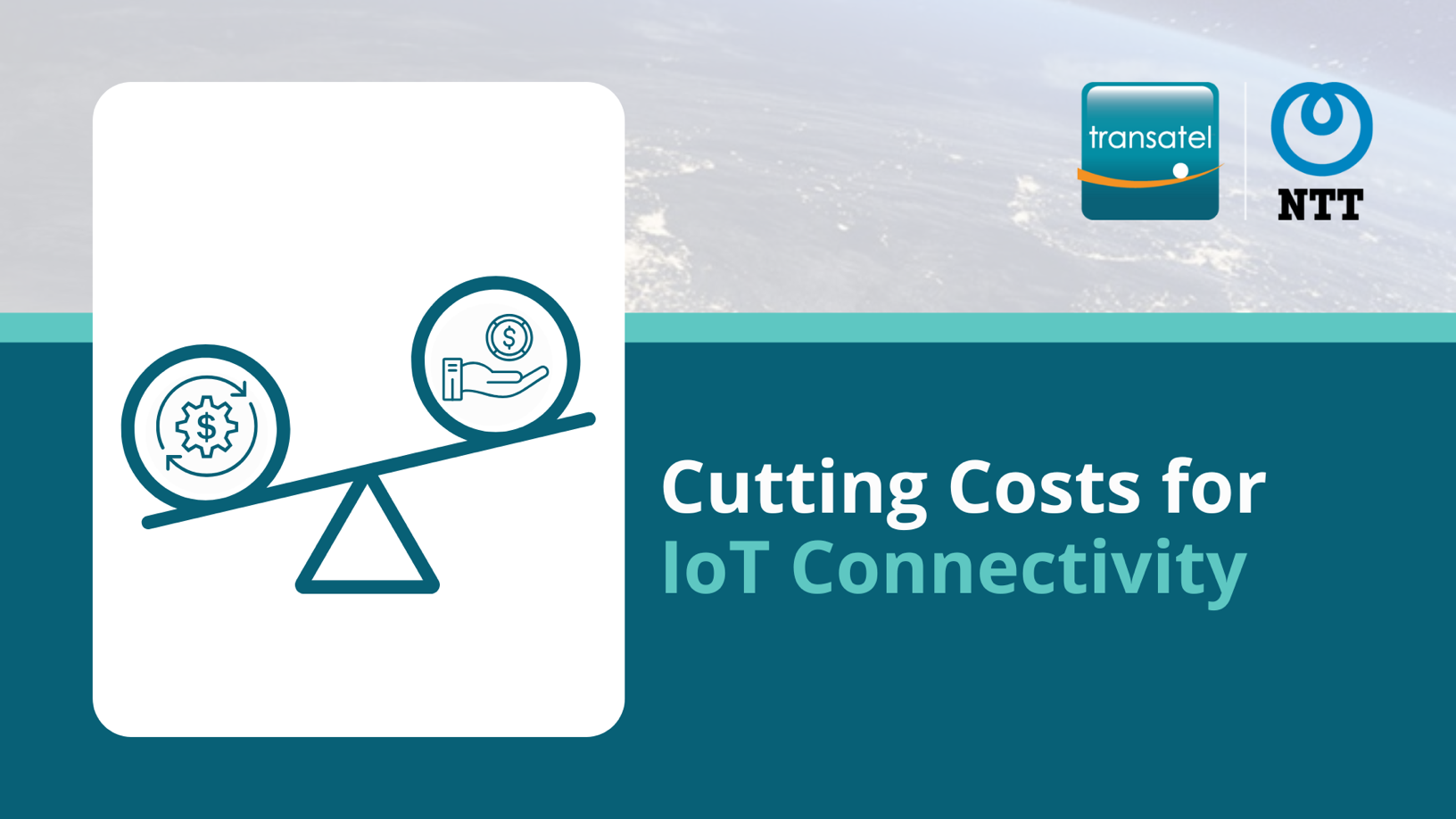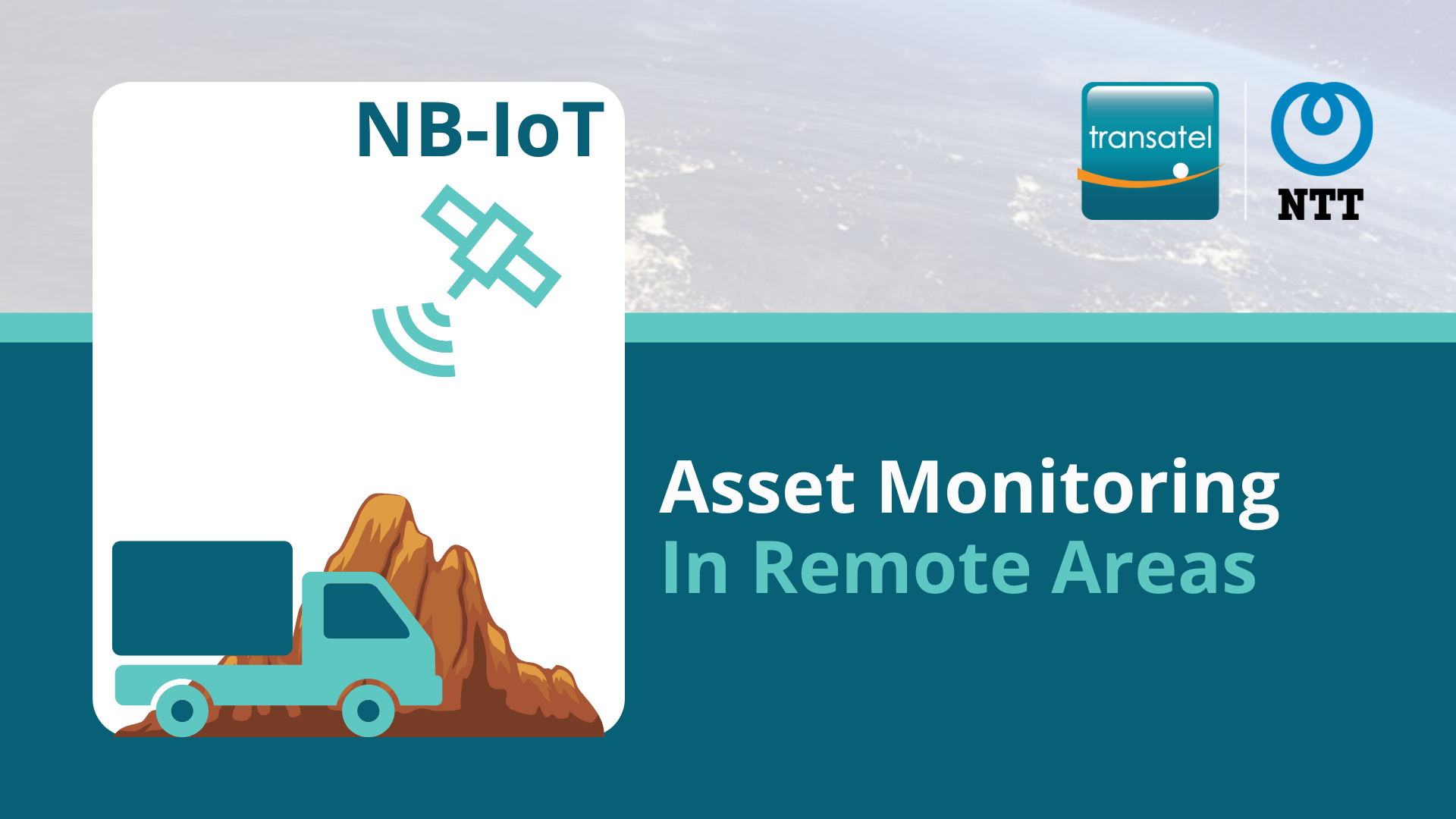
In a world where the Internet of Things (IoT) is revolutionizing industries, optimizing return on investment (RoI) has become a crucial challenge for businesses. Connectivity, which is central to any IoT project, can represent a significant cost, but it can also be a major lever for efficiency. This article explores innovative strategies and solutions to cut IoT connectivity costs and maximize the profitability of your IoT deployments, with a focus on intelligent management of cellular connectivity.
Here are seven key tips for choosing a provider that will ensure your project’s economic success.
1. Pricing Tailored to Your Project, with Proactive Reductions
Every IoT and M2M connectivity project is unique, and connectivity needs can vary significantly. To address this diversity, operators have developed innovative pricing solutions that have gained considerable traction in the market.
- Shared plans present an interesting approach, commonly known as pooled-bundles: Each subscription contributes to a communal pool that can be accessed by all the SIM cards in your fleet. This system helps balance usage among devices that may consume more than expected and those that consume less. This automatic balancing act helps avoid costly overage charges.
- However, this model has its limitations. If overall consumption exceeds the communal pool, additional fees may still apply. Conversely, persistent underconsumption can lead to inefficient use of your plan, giving you the feeling that you are “underutilizing” what you are paying for.
- To overcome these drawbacks, some operators offer pay-per-use plans. In this case, you only pay for what each SIM card consumes, down to the kilobyte. This solution allows for precise cost optimization, offers clarity on billing, and eliminates the worry of overage fees.
Transatel offers shared (or pooled bundles) plans that provide cost predictability, as well as pay-per-use options for maximum optimization.
2. Flexible Pricing That Work in Your Favor
Unlike most providers who tend to offer fixed rates with subtle clauses for revision based on inflation, some operators are taking a more proactive approach. For instance, Transatel commits to regularly updating both mobile coverage and the pricing of its cellular connectivity services. This forward-thinking approach results in ongoing, tangible price reductions that directly benefit existing customers—no requests necessary!
3. Maximizing Mobile Coverage
The rollout of IoT devices often encounters a persistent issue: some equipment fails to connect to the chosen operator’s network due to inadequate coverage. Traditional solutions—such as dispatching technicians, changing SIM cards, or subscribing to additional plans—can be costly and are not always effective in the long term.
So, what’s the solution? Opt for a multi-operator cellular connectivity provider. This allows your devices to intelligently select the most relevant network based on their location. Many operators claim to offer multi-operator services, but choosing the right one is crucial. Does it provide dynamic and automatic selection of the best network?
What criteria determine which network is deemed “better”? How frequently does it assess the network, and what is the impact on the device’s power consumption? Is there any influence from the operator in the network selection process? Contact one of our experts for free to receive tailored advice based on your IoT project.
4. A Global Coverage with a Single Provider
How can you expand your project internationally? Instead of juggling multiple local operators or incurring exorbitant roaming fees, consider partnering with a provider that offers global coverage at local or near-local rates. This approach simplifies your operations: one contract, one bill, bulk purchasing, a single customer service point, and a unified escalation matrix.
You’ll also benefit from comprehensive monitoring of your activities worldwide and a single stock of SIM cards that work across the globe. Experience local performance no matter where your business takes you.
5. Optimal Quality of Service
Reliable connectivity is essential to prevent service interruptions, data loss, and potential customer disputes. Some operators excel in delivering an exceptional mobile data availability rate, ensuring your operations run smoothly without interruption.
6. Technological Longevity
When selecting a mobile operator, choose one that acts as an abstract layer between your devices and various mobile networks. This approach grants you access to a broad spectrum of technologies, from 2G all the way to standalone 5G, ensuring the longevity of your deployments.
7. Security and Control
Partner with a mobile operator that empowers you to manage your usage throughout the entire supply chain:
- Device Control via Your SIM: IMEI Lock
To safeguard against theft and unauthorized device swaps, employ IMEI locking. This feature ensures that your SIM cannot be used on a different device. For more details on SIM-to-device pairing, refer to our article on IMEI locking.
- Risk Prevention: Whitelisting
Whitelisting allows you to explicitly define the permitted uses for your SIM cards. This includes specifying which servers your SIM can access over the data channel and restricting the phone numbers that can call your SIM, as well as controlling which numbers your SIM is authorized to communicate with.
- Continuous Monitoring: Anti-Fraud and Anomaly Detection
Implement real-time and near-real-time monitoring of your SIM usage to identify any unusual behavior. You can set rules tailored to your requirements, enabling you to automatically suspend a SIM or simply receive alerts when deviations from your established criteria occur.
- Post-Usage Control: Reporting
Finally, detailed reporting tools provide you with comprehensive oversight of your expenditures and SIM usage patterns.
By selecting a provider that offers these robust features, you not only optimize your costs but also enhance the performance and security of your IoT deployments.
Optimizing RoI in IoT Projects Through a Holistic Connectivity Approach
Maximizing the return on investment (RoI) in Internet of Things (IoT) projects inevitably requires a comprehensive strategy for connectivity. The solutions discussed in this article—such as shared plans, pay-as-you-go options, proactive pricing reductions, multi-operator connectivity, global coverage, and advanced monitoring tools—empower businesses to cut costs while enhancing the performance and reliability of their deployments.
By selecting a connectivity provider that offers this extensive range of services, companies can not only optimize their short-term expenditures but also build a scalable and sustainable IoT infrastructure. This approach allows organizations to focus on innovation and value creation instead of navigating the complexities of managing multiple suppliers and technologies.
As IoT continues to reshape various industries, businesses that leverage these intelligent connectivity solutions will be best positioned to maximize their RoI and maintain competitiveness in an ever-evolving market. The future belongs to those who can effectively combine high-performance connectivity with economical management of their IoT projects.
Click here to book a FREE 30-minute consultation with our IoT experts and learn how Transatel can help you cut IoT connectivity costs and optimize your project’s RoI.





